Copenhagen and sustainability
Copenhagen has in total 397 km of bicycle paths, a fleet of electric harbour ferries and a majority of the hotel rooms around town are eco-certified.
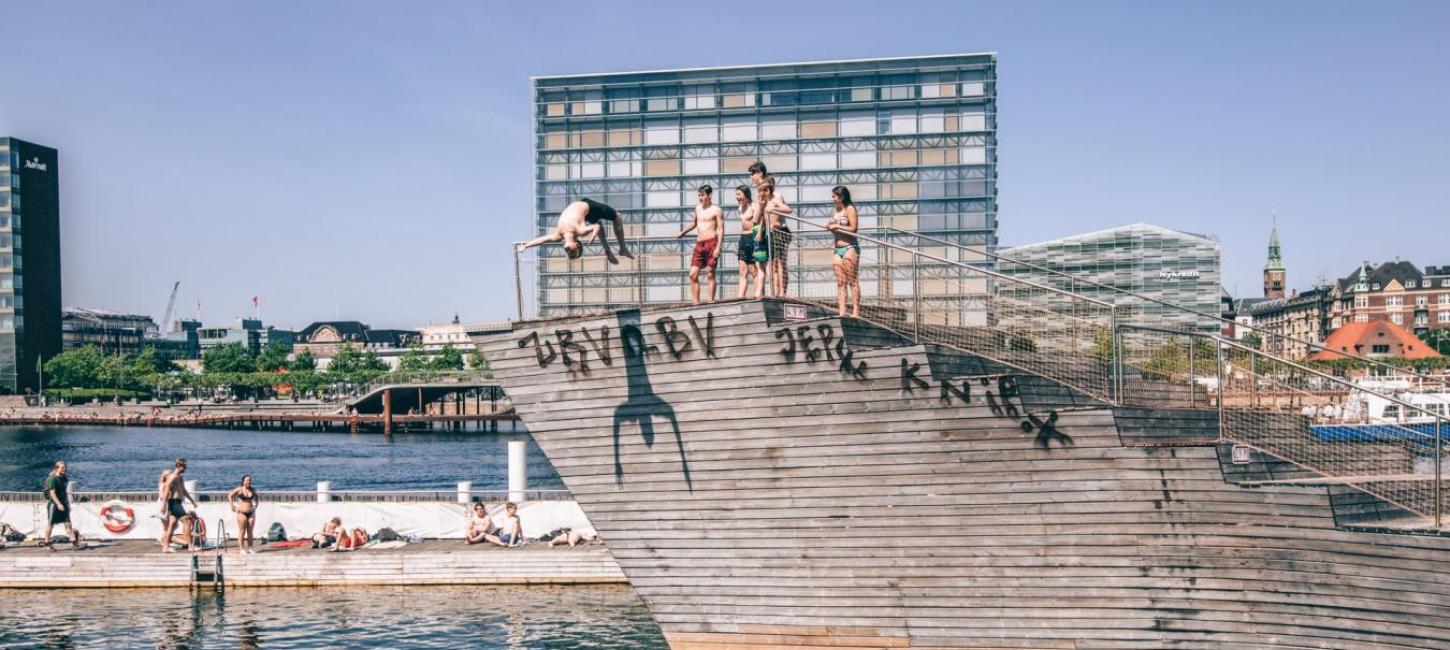
Copenhagen’s harbour has always played a central role in the city, reflecting its spirit. Once a fishermen’s and merchants’ port, it since evolved into an industrial dock before transforming into a cultural and recreative space.
Over the past 25 years, the city of Copenhagen has taken measures that have resulted in the improvement of the water quality of its former industrial harbour, turning it into today’s recreational harbour with watersports such as swimming, kayaking, rowing and stand-up-paddling, as well as urban farming and fishing, with organisations such as Havhøst growing Danish oysters and mussels inside the harbour. In 2021, Copenhagen also installed its first biohuts in the harbour protecting fish in a vulnerable stage of their life cycle and contributing to increasing the population and creating a better harbour environment.
The harbour front has been kept open for public access too, and it’s possible to walk or cycle around the entire harbour basin, crossing the many bike bridges on your way.

Photo:Daniel Rasmussen
Among the various initiatives, dedicated underground basins have been introduced that retain wastewater so that in the event of excessive rainfall, it is not discharged into the port, but is retained so that it can later be discharged into the sewers. The basins can hold 260,000 m3 of wastewater, which is equivalent to 111 Olympic-sized swimming pools (50m).
The water in the port of Copenhagen has become so clean that it is suitable for swimming. Bathing takes place in the three wooden port pools called harbour baths by the Danish architecture firm Bjarke Ingels Group in six confined areas delimited by buoys called “swimming zones”, and at an urban beach, all extremely popular with local residents and tourists. The first harbour bath was designed by PLOT, a studio that included the now-famous Danish architect Bjarke Ingels.
This new condition of the old industrial harbour has led to the birth of new initiatives and ecosystems, which have turned the harbour into a new lively urban space designed for life. For instance, the floating student residences Urban Rigger, placed in the water to solve the lack of space for new student housing, kayak rentals and clubs, stand-up paddling, cliff-diving competitions from the Opera house’s rooftop, solar-energy powered boats to explore the canals, wakeboard, and jacuzzi powered by seawater overlooking the city. It is no coincidence that Copenhagen was declared the best bathing city in the world by CNN in 2019.
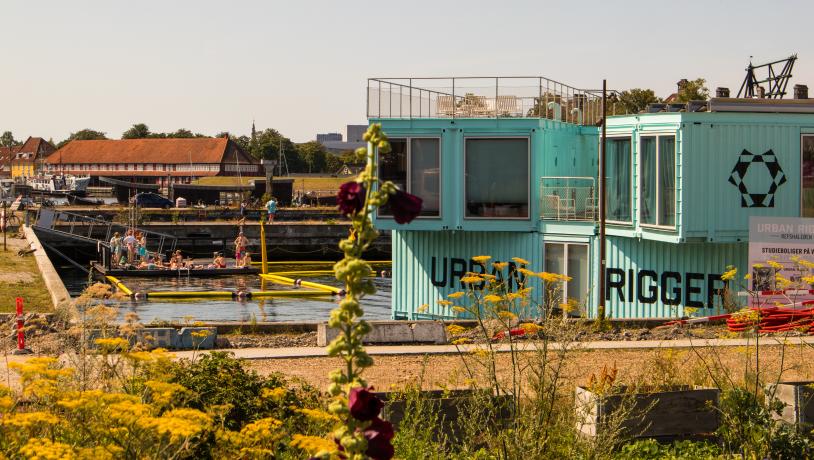
Photo:Giuseppe Liverino
Copenhagen is more than a city break. In summer, clean harbor baths, Nordic beaches, and swimmable canals meet coastal nature, culture, gastronomy, and seaside stays.
The ISA World SUP & Paddleboard Championship on 16-22 September 2024 is a perfect occasion to seek out the full extent of how to conquer Copenhagen on water.
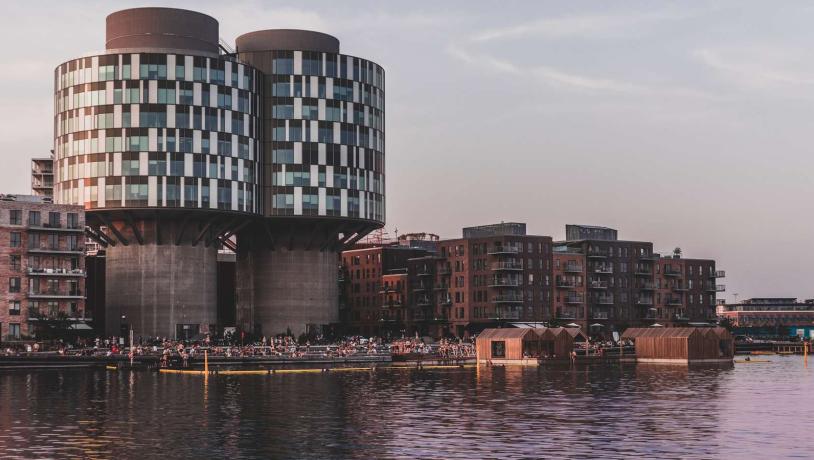
From new developments to the extensive transformation of old buildings and silos, spot the development happening around Nordhavn, the northern harbour, which has a sustainable footprint and both a new metro and harbour bus stop making it easy to access.
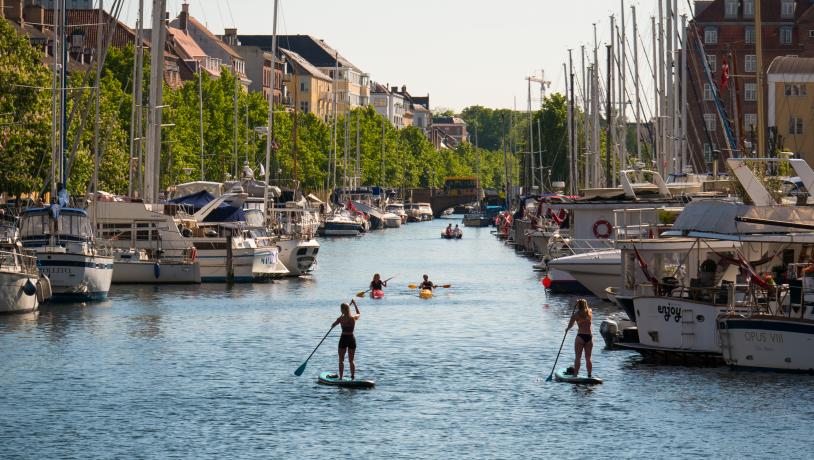
The inner harbour, Inderhavnen, features some of the most iconic canals such as the colourful Nyhavn and the Dutch-inspired harbour canals of Christianshavn. Here, you will also find the canals surrounding the Danish Parliament, Frederiksholm's Canal and Gammel Strand.
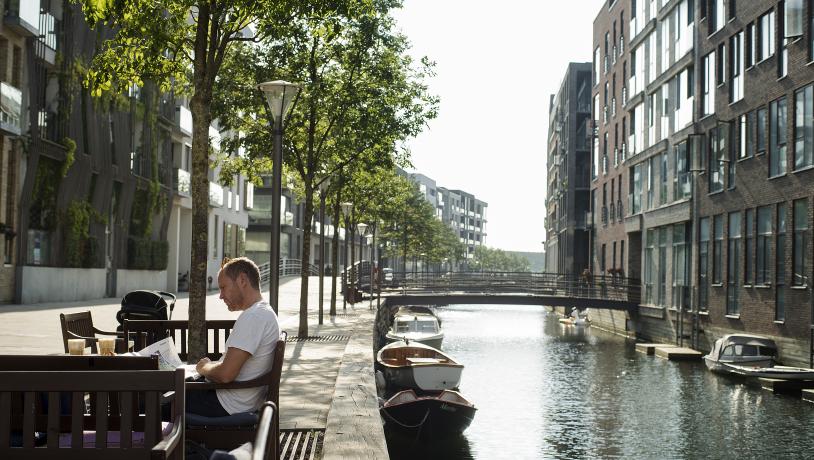
Sydhavn, used to be focused on heavy industry and container ships. Now, it is a booming residential area with canals in the district of Sluseholmen, innovative use of old buildings, such as Gemini Residence, with silos converted into modern apartments, and communities into nature, such as Nokken and Musikbyen.
Experience first-hand how a focus on harbour development turned Copenhagen into a recreational, cultural part of the city.
The Copenhagen canals are packed with creative and interesting initiatives. From entertaining and wellness experiences to harbour festivities and competitions.
In the last couple of years, the City of Copenhagen has turned Copenhagen's former industrial harbour into a recreative area, making the sensation of a cold dip a popular winter activity amongst locals. Read more about where and how to experience it here.
Download a selection of pictures related to Copenhagen’s harbour. Press photos - the harbour in Copenhagen. The photographer must be credited.

Senior Manager – Press & PR